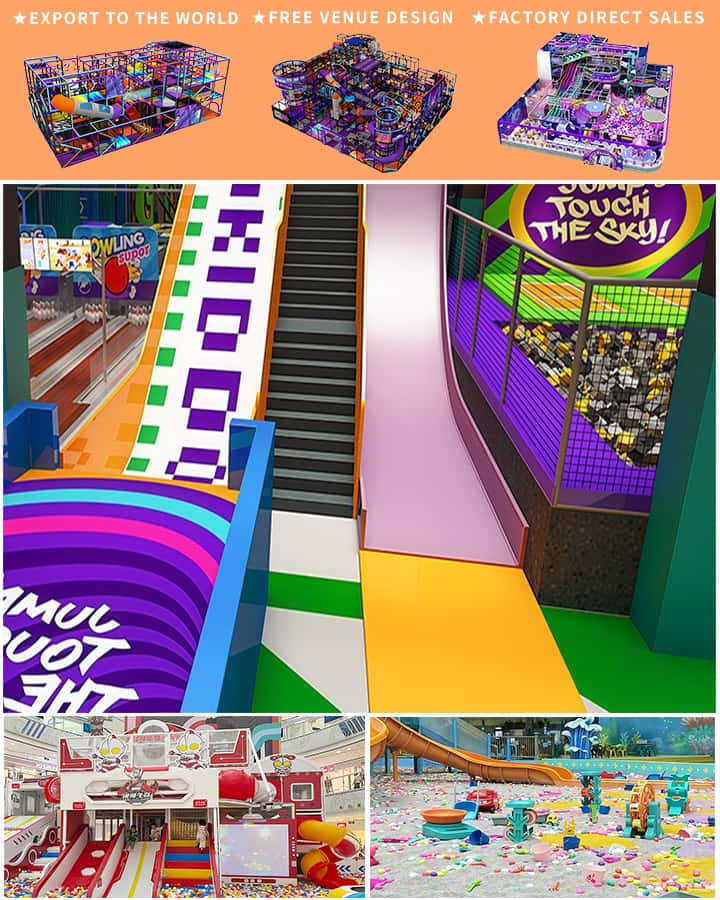Playgrounds are not just places filled with swing sets, slides, and merry-go-rounds; they are realms of imagination where every corner holds the promise of adventure. For kids, drawing a playground can be an exhilarating creative exercise that combines the joy of reminiscence with the thrill of invention. Here’s how young artists can bring their playground dreams to life on paper.
Why Drawing a Playground?
Drawing a playground can be more than just a fun activity; it’s a way for children to express their experiences, emotions, and creativity. A playground drawing can capture a memory from a cherished park visit or imagine a fantastical world where anything is possible. This kind of artistic exploration helps develop fine motor skills, enhances observational abilities, and fosters imaginative thinking.
Getting Started with Your Playground Drawing
Gather Materials: Before diving into the drawing, gather all necessary materials. You’ll need a blank sheet of paper, pencils or markers in various colors, and possibly some erasers for correcting mistakes. If you’re feeling adventurous, watercolors or crayons can add a vibrant touch to your artwork.

Outline the Basic Structure: Begin by lightly sketching the outline of the playground. Decide whether you want to draw a realistic version of a local playground or let your imagination run wild. Simple shapes can represent different parts of the playground—rectangles for swings, circles for merry-go-rounds, and squares for sandbox areas.
Add Details: Once the basic structure is in place, start adding details. Draw the bars of the jungle gym, the chains of the swings, or the seats on the carousel. Don’t forget to include elements like trees, benches, or even clouds in the sky!
Bring It to Life with Color: Select a color palette that excites you. Bright, bold colors often work best for playgrounds as they reflect the vibrant energy of these playful spaces. Color in the various sections of your drawing, paying attention to shading and blending to make your artwork pop.
Incorporate People and Animals: To give life to your playground scene, consider adding characters. Draw children sliding down the slide, swinging high into the air, or playing tag. Pets like dogs or birds can also add charm and movement to your drawing.
Personalize Your Design: What makes your playground special? Maybe there’s a secret fort, a hidden treasure, or even a friendly monster slide. Personal touches make your drawing uniquely yours and can tell a story only you can imagine.
Tips for Inspiring Young Artists
- Encourage Originality: Remind young artists that there’s no right or wrong way to draw a playground. Their unique vision is what makes their artwork special.
- Use Reference Photos: If drawing from imagination feels daunting, using photos of real playgrounds can provide inspiration and guidance.
- Tell a Story: Encourage kids to think about what happens in their playground. Who visits? What adventures unfold? Including a small narrative can make their drawing even more engaging.
Conclusion
Drawing a playground is not just an artistic endeavor but a journey into a world of endless possibilities. Whether capturing real memories or inventing whimsical scenes, kids can channel their creativity and create masterpieces one pencil stroke at a time. So grab those art supplies, let imagination soar, and watch as the playground of dreams comes to life on paper!




